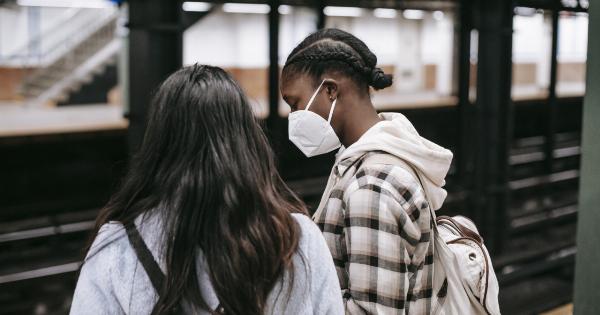Tuberculosis (TB) is a highly infectious disease caused by the bacteria Mycobacterium tuberculosis. It mainly affects the respiratory system, but can also affect other parts of the body like the bones and kidneys.
TB is commonly associated with low-income countries, but it is also prevalent in developed countries, especially among marginalized populations like prisoners, substance users, and HIV patients. This paper discusses the spread of tuberculosis in prisons, substance users, and HIV patients.
Tuberculosis in Prisons
Prisoners are at a high risk of contracting tuberculosis. This is due to the high density of inmates in prisons, which makes it easier for the disease to spread.
Also, many prisoners have compromised immune systems due to poor nutrition, stress, and exposure to other diseases like HIV. The risk of contracting TB is also higher for prisoners who have spent a long time in jail or have been in contact with infected individuals.
Furthermore, the overcrowding of prisons also makes it difficult to contain TB outbreaks. Hospitals and clinics in prisons are often understaffed and ill-equipped to manage TB outbreaks, leading to delays in diagnosis and treatment.
This delay increases the risk of spreading the disease to other prisoners and prison staff. Prisons in low-income countries are particularly vulnerable to TB outbreaks due to poor living conditions and inadequate healthcare facilities.
Tuberculosis in Substance Users
Substance users are also at a high risk of contracting tuberculosis. This is because drug use weakens the immune system, making the body less able to fight off infections.
Injection drug users are particularly vulnerable as they are at a higher risk of contracting HIV, which further weakens the immune system.
Moreover, substance users are often homeless or live in cramped and unsanitary conditions, making it easier for the disease to spread. They also tend to have poor nutrition, which can further contribute to their susceptibility to TB.
Drug treatment programs that do not address the underlying issues, such as unemployment and living conditions, may not be effective in controlling TB among substance users.
Tuberculosis in HIV Patients
TB is one of the most common infections affecting people living with HIV. This is because HIV weakens the immune system, making it more difficult for the body to fight off TB and other infections.
In fact, TB is the leading cause of death among people living with HIV. TB is also a common opportunistic infection, meaning that it often occurs in patients with advanced HIV disease.
Furthermore, HIV and TB have a synergistic effect, meaning that having one infection increases the risk of contracting the other. TB is one of the common opportunistic infections that HIV patients are susceptible to.
People living with HIV require special attention, and the treatment of patients must address both TB and HIV in conjunction.
Prevention and Control of Tuberculosis in Prisons, Substance Users, and HIV Patients
The prevention and control of TB in these vulnerable populations can be challenging. However, several strategies have been put in place to manage and control the spread of TB. These include:.
- Screening: Screening for TB is critical in identifying infected individuals. This is done through a combination of symptom screening and diagnostic tests like sputum smear microscopy and chest X-rays. Screening should be done regularly, especially in high-risk populations like prisoners, substance users, and HIV patients.
- Treatment: Early diagnosis and treatment of TB are crucial in preventing the spread of the disease. Patients diagnosed with TB should be treated with a combination of drugs for at least six months. Treatment success rates are lower among patients with HIV, and treatment should be tailored to address both HIV and TB infections.
- Infection control measures: Control measures like the proper use of personal protective equipment, adequate ventilation, and isolation of infected patients can help to prevent the spread of TB in prisons and other communal settings.
- Education and awareness: Educating the public, particularly the vulnerable populations, on the prevention of TB is essential in reducing the burden of the disease. This includes awareness campaigns on the importance of screening, treatment adherence, and vaccine uptake where it is available.
- Care coordination: Coordinating care between different sectors, including prisons, public health, and community organizations, can help to improve the prevention and control of TB.
Conclusion
The spread of tuberculosis continues to be a significant public health threat, especially in marginalized populations like prisoners, substance users, and HIV patients.
These populations are particularly vulnerable due to poor living conditions, compromised immune systems, and inadequate access to healthcare facilities. However, there are several strategies in place to manage and control the spread of TB in these populations.
Early diagnosis and treatment, infection control measures, education and awareness, and care coordination are crucial in reducing the burden of TB among the vulnerable populations.





























